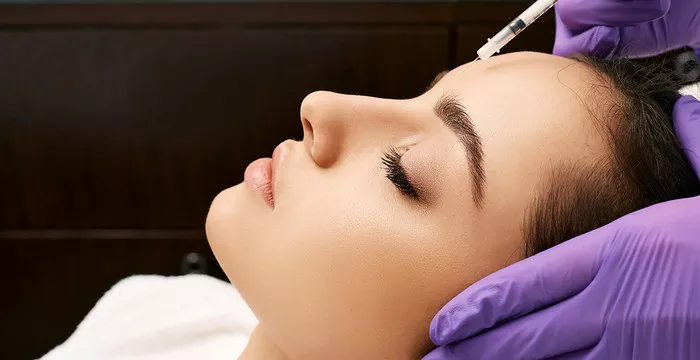A liquid facelift, also known as a nonsurgical facelift, has become an increasingly popular option for individuals seeking facial rejuvenation without undergoing invasive surgery. This procedure involves the use of injectable dermal fillers and neuromodulators to address signs of aging, such as wrinkles, volume loss, and sagging skin. One common question that arises regarding the liquid facelift is how long the results last. In this article, we will explore the longevity of a liquid facelift and discuss factors that can influence its duration.
Understanding the Liquid Facelift Procedure
Before delving into the longevity of a liquid facelift, it’s important to understand the procedure itself. Unlike a traditional surgical facelift, a liquid facelift is a minimally invasive treatment that involves the strategic use of injectable products to restore volume, smooth wrinkles, and enhance facial contours. The most commonly used injectables for a liquid facelift include dermal fillers, such as hyaluronic acid-based fillers, and neuromodulators, such as botulinum toxin.
-
Dermal Fillers
Dermal fillers are substances injected into the skin to restore lost volume, soften wrinkles, and enhance facial contours. They work by filling in areas of hollowing or sagging, providing a more youthful and refreshed appearance. Some popular dermal fillers used in a liquid facelift include Juvéderm, Restylane, and Sculptra.
-
Neuromodulators
Neuromodulators, such as Botox, Dysport, and Xeomin, are injectable treatments that temporarily relax the muscles responsible for causing wrinkles and fine lines. By reducing muscle activity, neuromodulators help smooth out facial wrinkles, particularly in areas like the forehead, between the eyebrows, and around the eyes.
Duration of a Liquid Facelift
The longevity of a liquid facelift can vary depending on several factors, including the specific injectable products used, the individual’s metabolism, lifestyle choices, and the area of the face being treated. Generally, the results of a liquid facelift can last anywhere from six months to two years.
-
Dermal Fillers
The duration of dermal fillers used in a liquid facelift can vary based on the type of filler and its specific formulation. Hyaluronic acid-based fillers, such as Juvéderm and Restylane, typically provide results that last between six months to one year. These fillers gradually break down and are naturally absorbed by the body over time. In contrast, collagen stimulators like Sculptra stimulate the production of collagen, offering longer-lasting results that can endure up to two years. It’s important to note that individual experiences may vary, and touch-up treatments may be required to maintain optimal results.
-
Neuromodulators
The effects of neuromodulators, such as Botox, Dysport, or Xeomin, typically last between three to six months. These products temporarily relax the muscles responsible for causing dynamic wrinkles. Over time, the effects gradually fade as the muscle activity returns to normal. To sustain the results of a liquid facelift involving neuromodulators, subsequent treatments are necessary to maintain the desired appearance.
Factors Influencing Longevity
Several factors can influence how long the results of a liquid facelift last. These include:
- Product Selection: The specific dermal fillers and neuromodulators used in the liquid facelift procedure can impact the duration of results. Different products have varying formulations and consistencies, which can affect their longevity.
- Metabolism: Individual metabolism can play a role in the rate at which the body breaks down and absorbs the injectable products. Faster metabolisms may lead to a faster breakdown of the products and shorter-lasting results.
- Lifestyle Choices: Certain lifestyle choices, such as smoking, excessive sun exposure, poor skincare, and an unhealthy diet, can potentially shorten the duration of the results. Taking good care of your skin, protecting it from sun damage, and leading a healthy lifestyle can help extend the longevity of a liquid facelift.
- Maintenance Treatments: Consistent maintenance treatments play a vital role in prolonging the effects of a liquid facelift. Regular touch-up treatments, as recommended by your healthcare provider, can help maintain the desired results and prevent significant fading.
Conclusion
A liquid facelift offers a non-surgical approach to facial rejuvenation, utilizing dermal fillers and neuromodulators to address signs of aging. While the duration of a liquid facelift can vary depending on factors such as the specific products used, individual metabolism, and lifestyle choices, results typically last between six months to two years. Regular touch-up treatments and proper skincare can help extend the longevity of the effects. It is important to consult with a qualified healthcare provider who can assess your unique needs, recommend appropriate treatments, and provide guidance on maintaining the results of your liquid facelift.


